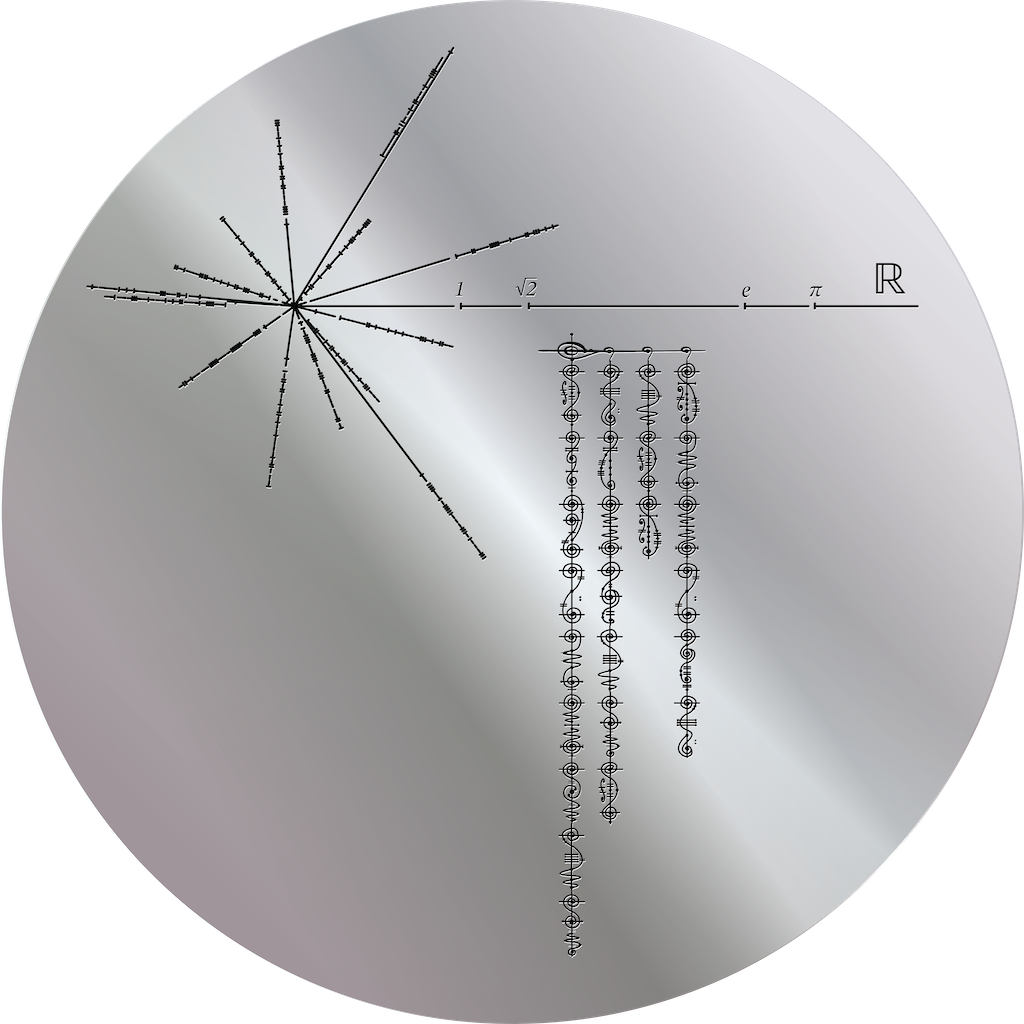Exploring strange new worlds of mathematics
- 10 February 2023
- Talks, Constructive math
On February 10, 2023, I gave my Levi L. Conant Lectur Series talk “Exploring strange new worlds of mathematics”, at the math department of Worcester Polytechnic Institute. Here are the slides with speaker notes and the video recording of the talk.
Katja Berčič made a super cool logo for my talk:

Thank you, Katja! If you are a Trekkie you should figure it out.
Abstract:
In the 19th century Carl Friedrich Gauss, Nikolai Lobachevsky, and János Bolyai discovered geometries that violated the parallel postulate. Initially these were considered inferior to Euclid's geometry, which was generally recognized as the true geometry of physical space. Subsequently, the work of Bernhard Riemann, Albert Einstein, and others, liberated geometry from the shackles of dogma, and allowed it to flourish beyond anything that the inventors of non-euclidean geometry could imagine.
A century later history repeated itself, this time with entire worlds of mathematics at stake. The ideal of one true mathematics was challenged by the schism between intuitionstic and classical mathematics, as personified in the story of rivalry between L.E.J. Brouwer and David Hilbert. Not long afterwards, Kurt Gödel's work in logic implied the inevitability of a multitude of worlds of mathematics. These could hardly be dismissed as logical sophistry, as they provided answers to fundamental questions about set theory and foundations of mathematics. The second half of the 20th century brought gave us many more worlds of mathematics: Cohen's set-theoretic forcing, Alexander Grothnedieck's sheaves, F. William Lawvere's and Myles Tierney's elementary toposes, Martin Hyland's effective topos, and a plethora of others.
We shall explore but a small corner of the vast multiverse of mathematics, observing in each the quintessential mathematical object, the field of real numbers. There is a universe in which the reals contain Leibniz's infinitesimals, in another they are all computable, there is one in which they are cannot be separated into two disjoint subsets, and one in which all subsets are measurable. There is even a universe in which the reals are countable. The spectrum of possibilities is bewildering, but also inspiring. It leads to the idea of synthetic mathematics: just like geometers and physicists choose a geometry that is best for the situation at hand, mathematicians can choose to work in a mathematical universe made to order, or synthesized, that best captures the essence and nature of the topic of interest.
andrejbauer@mathstodon.xyz, I will
gladly respond.
You are also welcome to contact me directly.